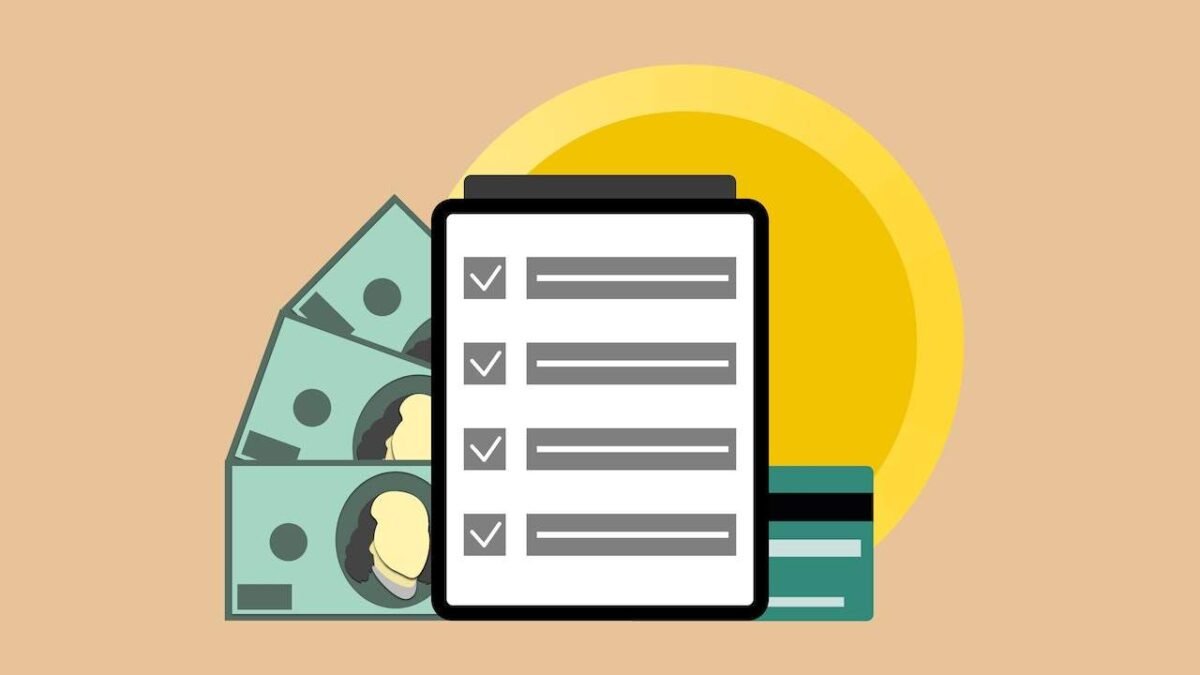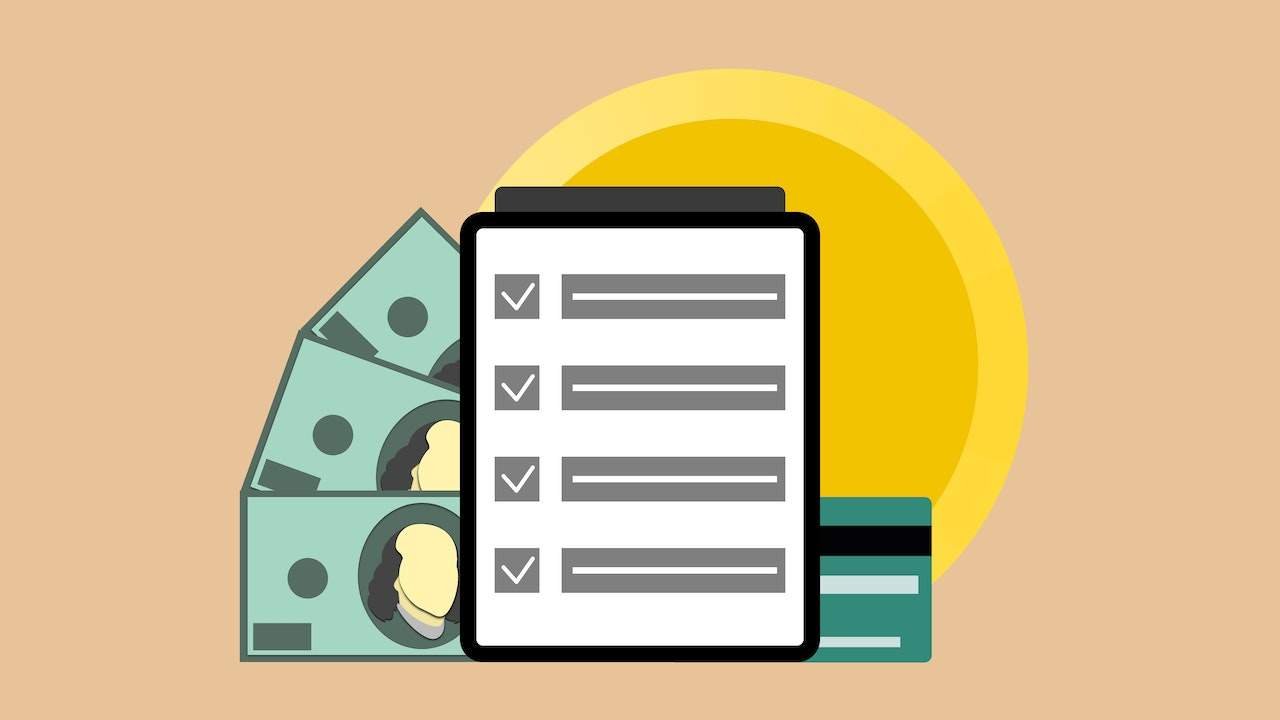Payment Card Industry (PCI) Compliant or Compliance, originally known as Payment Card Industry Data Security Standard (PCI DSS) Compliance, is a self-regulatory industry code of conduct administered by the Payment Card Industry Security Standards Council. PCI compliance requires organizations that process branded credit cards under major credit card programs to securely accept, store, process, and transmit cardholder data.
Here are the articles to explain, What is Payment Card Industry (PCI) Compliant and Compliance? Levels and Requirements
Companies need to discover sensitive data stored, transmitted, or processed in their systems and protect it from unauthorized access to comply with PCI. Sensitive data discovery software makes it easier to locate this sensitive data and helps companies put in place measures to prevent hackers from accessing it.
Organizations need the following to be PCI compliant:
- 12 General Requirements for PCI Compliance
- 78 Essential Requirements Based on Your Business
- Four hundred testing procedures to ensure your organization is PCI compliant (depending on your business)
- PCI compliance regulations keep customers and businesses safe from data breaches. It applies to all businesses that carry credit card information and is the cornerstone of every organization’s security protocols.
The PCI standard has expanded its outline to include encrypted Internet transactions and added new rules and regulations to accommodate the latest advances in payments technology and commerce.
PCI compliance level
The four PCI compliance levels determine the number of transactions a merchant processes each year.
- 1 Tier: Merchants that process more than 6 million card transactions per year.
- 2 Tier: Merchants processing 1 to 6 million card transactions per year.
- 3 Tier: Merchants processing 20,000 to 1 million card transactions per year.
- 4 Tier: Merchants processing fewer than 20,000 card transactions per year.
For PCI Compliance Level 1 organizations, achieving Payment Card Industry (PCI) Compliant and compliance include performing an external audit by a Qualified Security Assessor (QSA) or Internal Security Assessor (ISA). A QSA or ISA conducts an on-site assessment to:
- Validate the scope of the assessment
- Review technical information and documentation,
- Determining Compliance with PCI Requirements
- Provide guidance and support during the compliance process
- Evaluate compensating controls
- Following a successful assessment, a qualified security assessor demonstrates compliance by submitting a Report of Compliance (RoC) to the organization’s operating bank.
PCI Compliance Level 2 organizations should also complete the RoC.
Level 2 to 4 organizations can complete a self-assessment questionnaire instead of an external audit to determine compliance.
Benefits of Payment Card Industry (PCI) DSS Compliant
PCI DSS compliance provides a set of regulations and requirements to ensure optimal data confidentiality and security.
Some of the benefits of being PCI DSS compliant are:
- PCI DSS compliance ensures multiple layers of security for corporate assets.
- It gathers ever-changing threats and attacks vectors to make the data environment more secure.
- It DSS involves setting up firewalls, SIEM systems, and other security infrastructure to gather threat intelligence when anomalies occur.
- PCI compliance’s emphasis on encryption of cardholder data makes PCI DSS-compliant businesses less valuable targets for cybercriminals.
- PCI compliance principles focus on protecting cardholder data while it is stored or in transit. It emphasizes the implementation of PCI principles with an appropriate security infrastructure to help organizations prevent data breaches.
- PCI DSS compliance builds and maintains customer trust in data security.
- PCI compliance helps businesses meet industry-accepted standards for storing, processing, and transmitting cardholder information.
- DSS compliance helps organizations comply with industry-accepted data security standards.
- Also, PCI compliance requirements
- PCI DSS compliance requirements focus on achieving PCI compliance and protecting cardholder data from unauthorized access.
Protect the corporate network with a firewall
Steps you can take to protect your network:
- Configure firewalls to protect corporate networks and regulate incoming and outgoing traffic according to organizational standards.
- Use hardware firewalls and software firewalls to protect your network.
- Configure firewalls for inbound and outbound traffic. If an attacker breaks into the system, it will be difficult for them to export the stolen information due to outbound rules.
Avoid default passwords and configuration settings
To comply with the second requirement of PCI compliance:
- Modify the default password to achieve system reinforcement and system configuration management.
- Addresses all vulnerabilities in the system, remediates and reports them, and ensures system hardening standards comply with industry best practices.
- System management software is a complete software package for monitoring, scanning, and configuring the device and system hardening options.
- Also, Verify that system hardening standards are securely enforced as new devices and applications are introduced into the system environment.
Protect stored cardholder data from unauthorized access
Take the following steps to protect cardholder data from unauthorized access:
- Cardholder data is encrypted using strong and industry-accepted encryption standards such as AES-256.
- Ensure the system stores confidential cardholder details in an encrypted format.
- Create and document a Cardholder Data (CHD) flowchart. It is a graphical representation of data flow within an organization.
- Use sensitive data discovery tools to find sensitive information, such as social security numbers, in corporate systems to encrypt or delete.
Encrypted transmission of cardholder data across open public networks
Consider the following factors to encrypt cardholder data transmission across open or public networks:
- Determine how and where data is transferred. Also, Track all regions sending similar details.
- The transition from Secure Sockets Layer (SSL) and earlier versions of Transport Layer Security (TLS) to more secure versions of TLS.
- Check gateways, terminal providers, service providers, and banks to see if they use newer encryption for transaction applications.
Use an updated version of antivirus software
Take the following actions to comply with the fifth PCI DSS requirement.
- Use antivirus software and protect your system from known malware.
- Update antivirus software regularly.
- Gather information on emerging malware and the different ways it infiltrates your company’s systems.
- Configure systems and design processes to alert of any malicious activity in the system environment.
- Also, Run regular malware scans to make sure you have a process designed to enforce it.
Develop and maintain secure systems and applications
Practice the following methods to develop and maintain secure systems and applications:
- Patch security holes with the latest patches released by the software provider.
- Install the latest security updates and patch vulnerabilities in applications and systems critical to the card data flow.
- Also, Install critical patches within a month of release to ensure compliance
- Proactively manage and implement patches as they are released.
Limit access to cardholder data on a business need-to-know basis
Consider the following restrictions on access to cardholder data:
- Ensure strict access control to cardholder data by implementing a role-based access control (RBAC) system that grants access to cardholder details on a need-to-know basis.
- Also, Avoid creating group users or sharing common user accounts with other users. Tracking data breaches will be challenging. `
Assign a unique ID to each person with access to the computer
Take the following steps to comply with Requirement 8 of the PCI DSS requirements:
- Assign each user with computer access a unique ID and create strong passwords to prevent unauthorized access.
- Create multiple layers of security when securing user accounts.
- Use a multi-factor authentication solution to provide an extra layer of defense and protect your systems from attackers.
Limit physical access to workplace and cardholder data
Important considerations for compliance with Title IX requirements of the PCI DSS:
- Restrict employee access to areas where cardholder data is stored.
- Document who has access to the secure environment and who needs access. Lists all authorized device users, locations where the device is not allowed, and where the device is currently located. Note, all applications can be accessed on the device. Document what, where, when, and why you use your equipment.
- Distinguish between employees and guests in your organization and use methods to monitor who has access to your secure environment.
- Make sure to remove users’ access and disable or return physical access mechanisms like keys and access cards when employees leave.
Track and monitor access to rework resources and cardholder data
Key points to consider when tracking and monitoring access to network resources and cardholder data:
- Implement and maintain a logging system to view all logs and get alerted when anomalies occur.
- Check system event logs at least once a day to identify patterns, gather threat intelligence, and detect behavior that contradicts expected trends.
- Also, Use a security information and event management (SIEM) solution to build and manage a centralized log collection system, monitoring, and inspection.
Regularly test security systems and processes
Please follow the practices mentioned below to comply with the requirements of Article 11 of PCI DSS.
- Conduct frequent vulnerability scans to determine whether security holes have been successfully patched.
- Perform quarterly vulnerability scans of all external IPs and domains exposed in the cardholder data environment using a PCI Approved Scanning Vendor (ASV).
- Conduct regular penetration testing to identify different ways hackers can exploit vulnerabilities to safely configure your security systems and protect data from similar malicious tactics. (Penetration testing frequency depends on your Self-Assessment Questionnaire (SAQ), environment, size, procedures, and other factors).
RISK ASSESSMENT AND DOCUMENTATION
Adopt the following practices to meet the final requirements of PCI DSS compliance:
- Document all policies, procedures, and evidence related to the organization’s information security practices.
- Also, Assess formal and annual risks to identify key threats, vulnerabilities, and associated risks.









